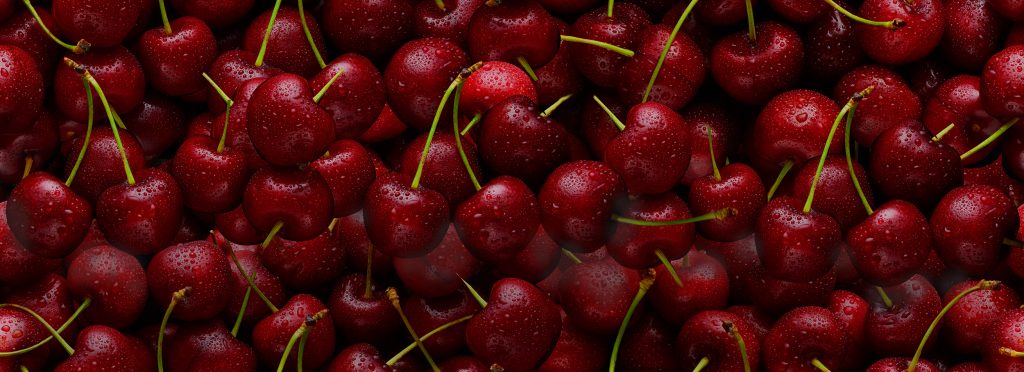
Cherishing Cherries
February is National Cherry Month! In our opinion, one of the more underrated fruits out there is the cherry. They are sweet, snackable, and refreshing for any time of year. They are great alone or an important ingredient in endless tasty recipes. That’s why we cherish this awesome stone fruit.
To start, there are two different types of cherries: tart and sweet. Tart cherries are good for cooking and baking, while sweet cherries are the type you buy to eat as a snack. When purchasing these sweet snacks, look for the firm and plump ones that appear bright and glossy. Sweet cherries are mainly grown in California, Washington, and Oregon, while tart cherries can commonly be found in Michigan and Wisconsin. Some popular types of sweet cherries are Bing, Lambert, and Rainier. The most common type of tart cherry is the Montgomery, best when used in baking as they hold their shape better than their more snackable relatives.
At Price Chopper & Market 32, we love using cherries in our recipes. And not just the classic cherry pie. Check out some of these delectable recipes!


